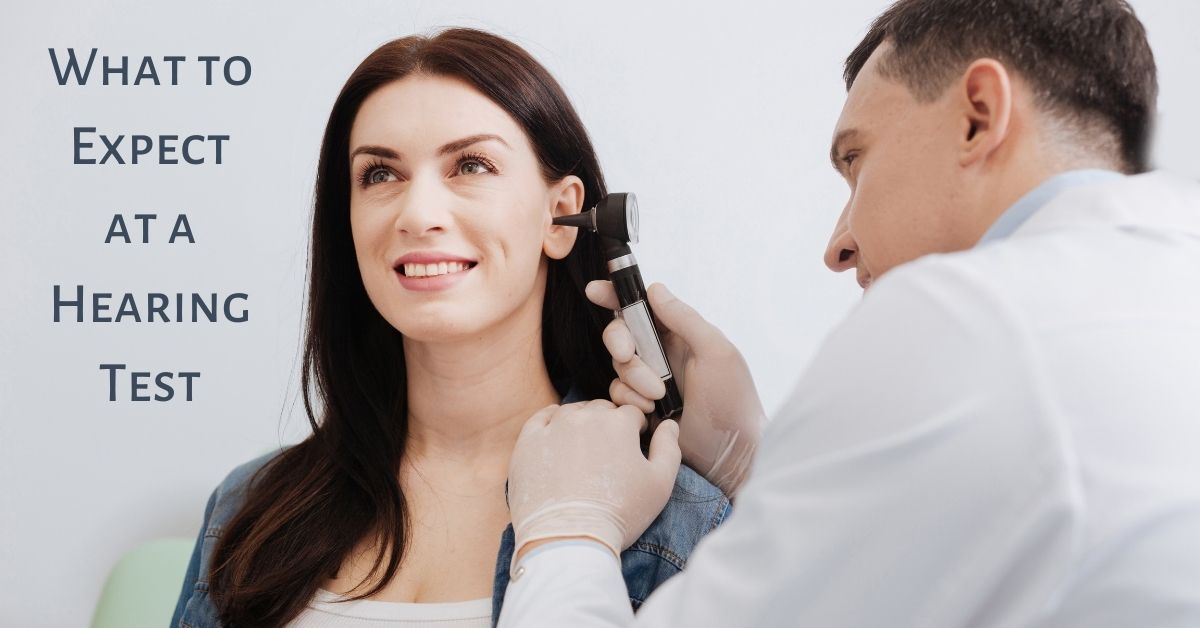When Should I Update My Hearing Aids?
If you’ve been wearing hearing aids for a while, you’re

By: admin | October 16, 2020
Once upon a time, hearing loss was looked upon as an annoying but benign consequence of getting older. However, in the last few decades, multitudes of research has concluded that hearing loss is anything but benign. Untreated hearing loss increases the risk for loneliness, social isolation, depression, earlier onset of Alzheimer’s and cognitive decline, physical injury due to falls, and it can even be an early warning sign of an underlying cardiovascular issue.
If you’re starting to have difficulties due to hearing loss, hopefully you’ve already made an appointment for a hearing test. Seeing an audiologist is the best way to determine what type of hearing loss you have and what can be done to mitigate it. The hearing tests administered by audiologists are painless and non-invasive, so you’ve got nothing to worry about.
A little preparation in advance of your appointment will help you to answer questions more completely, and know which questions of your own to ask, so you can make the most of your time with the audiologist and get the most effective treatment. Let’s go over the steps of the hearing test so you can be prepared.
The first thing to happen at your hearing test will be a consultation with the audiologist. They’ll ask about your medical history and your family’s medical history. The audiologist will want to know if there are any potential genetic conditions that might affect your hearing health.
They’ll also ask about your lifestyle, and your hearing history. Do you work in a noisy place? Do you wear hearing protection? What sorts of hobbies or sports do you participate in? This helps give a bigger picture about the potential causes of your hearing loss. The more you can be prepared to say about what’s going on with your life and hearing, the better treatment you’ll be able to receive.
The audiologist will also ask about what specific problems have brought you to their office. If it’s a routine hearing test, great! (It’s recommended to get a hearing test once every decade until age 50, and once every three years thereafter.) If you’re having trouble hearing in specific situations, giving as detailed an idea about these as possible. If you’ve been having any other physical symptoms lately, mention those as well. Keep in mind that if you’ve been feeling tired, it could be fatigue related to hearing loss!
There will also be a brief physical examination, where the audiologist will check to make sure you do not have blockage in your ear canal or perforations in your eardrums.
After your consultation, the hearing test will begin. You’ll be shown into a soundproof booth and asked to wear a set of headphones. You don’t need to prepare anything for this portion of the test: just answer the questions the audiologist asks you about what you’re hearing.
In most cases, there will be two main portions to the test: pure tone audiometry and speech audiometry. Pure tone audiometry involves a series of sine waves (tones that only occupy one frequency in the spectrum of audio). The audiologist will play different tones at different volumes into one or both ears and ask you what you’re hearing.
Speech audiometry involves actual recordings of speech which will, similarly, be played at different volumes and in one or both ears. You’ll again be asked to report back about what you’re hearing.
The audiologist may also perform a “speech in noise” or “words in noise” test. This is just about what it sounds like: speech audiometry with added background noise. Most people report having special trouble understanding speech when background noise is present, and this test will determine how severe that particular concern is for you. It is also useful in the fitment (programming) of hearing aids that incorporate background noise-reduction technology.
The results of your hearing test will be displayed on an audiogram, which is a graph displaying the frequency range of human hearing on the x-axis (20 Hz – 20 kHz) and hearing ability on the y-axis, with better hearing ability at the top.
The graph will also have three lines: one represents normal hearing, and the other two represent each of your ears. Here you’ll be able to see just how much hearing loss you have in each ear. The audiologist will go over the audiogram with you and talk about treatment options.
If you need hearing aids, your audiologist will recommend some options based on the answers about your lifestyle that you gave in your consultation. There are many models appropriate for many lifestyles and degrees of hearing loss. Hearing aids are the best way to stay active and engaged even as we may have increasing difficulty with our hearing ability, so get started with them sooner than later!

If you’ve been wearing hearing aids for a while, you’re
By: admin | May 5, 2022

According to a World Health Organization estimate, about 466 million
By: admin | May 5, 2022

The following scenario will be familiar to anyone who suffers from hearing
By: admin | March 22, 2022
